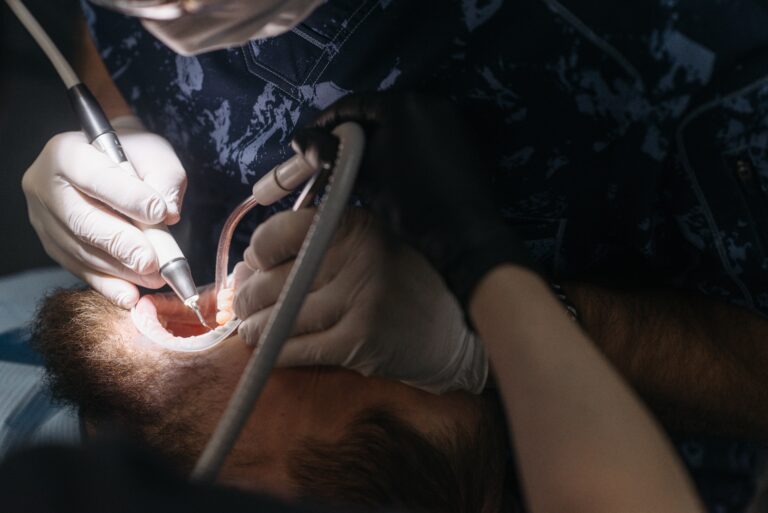How can I get insurance to pay for skin removal on my arms?
Skin removal surgery or arm lift is a surgical procedure involving removing excess skin from the upper arm. Remember that skin removal is generally a cosmetic procedure but can also be deemed a medical necessity under the circumstances. If you are considering getting excess skin removed on your arms, it is essential to understand when insurance pays for skin removal. In this article, we shall be discussing the same.
Let’s take a look.
How to get insurance to pay for skin removal on arms?
Skin removal surgeries become medically necessary when they are performed to treat an illness or improve health. Generally, these surgeries are not covered by insurance companies as they are considered cosmetic procedures. An increased number of people are options for skin removal surgeries to enhance their appearance by looking thinner. If you are considering getting excess skin on your removed through surgical procedures, keep in mind that insurance companies only pay for such surgeries when it becomes a medical necessity.
You can ask your insurance to pay for skin removal on your arms if you successfully prove that surgery is a medical necessity.
Process To Avail An Insurance
Here is the process to go about it:
- The patient should be able to prove that surgery is their last resort after exploring all other treatment options for their medical condition.
- Ensure you keep all photographs and documents with you, as the insurance company will require them to consider the case.
- Collect all receipts and notes when you visit a doctor, hospital, or other facility. Do not forget to include bills for any product purchases and even therapies.
- Ask for statements recommending skin removal on arms for medical/functional reasons from your doctor and other medical practitioners.

Insurance Policy For Surgery
In some situations, you may not get insurance if you are unable to produce a valid document stating that you need it for genuine medical purposes and not for aesthetics. For example, the majority of insurance providers view a tummy tuck, also known as an abdominoplasty, as cosmetic surgery and may not cover it. Insurance companies are more likely to cover a panniculectomy because it is typically classified as a reconstructive treatment.
Speak with your surgeon about the procedure that will best serve your needs while considering what your insurance provider will most likely pay for. It is crucial to show that surgery is the last resort for the patient’s condition and is necessary for their health.
Consult Your SBC
To determine whether you have reached your deductible or out-of-pocket maximum and whether your insurance will cover all or a portion of the procedure, consult your summary of benefits and coverage (SBC). There should not be a misunderstanding regarding the surgery you are enquiring about, and you must have the appropriate insurance code for your surgical procedure on hand.
How To Prepare For Skin Removal Surgery?
- Stop smoking
Give up smoking at least a few weeks before your procedure. Smoking significantly raises the possibility of problems. Inquire with your surgeon to see whether you must stop taking any medications before surgery. Ask your physician about OTC medications, including aspirin and blood thinners.
- Maintain your weight
Wait until you have reached a stable weight before having the surgery. After the surgery, if you lose weight, you can develop new areas where the skin can sag. Following a skin removal surgery, it can harm your fragile skin if you put on a lot of weight, as it can cause stretch marks and scars.
- Follow the surgeon’s instructions.
Your surgeon might ask you not to eat or drink anything after midnight, a day before the surgery. Also, inform your doctor about any recent illness, including fever and high blood pressure.
- Getting tests done
You might be required to undergo specific tests to detect underlying health conditions. Some tests can include blood tests, electrocardiograms, and pulmonary function tests.
Conclusion
To get the insurance company to pay for the procedure, you’ll need to show that it is medically required, so you should first talk to your doctor about that. Start keeping track of all you’ve done to treat your ailments so that your doctor will recognize that surgery is genuinely a last resort.
Like this piece of information regarding excess skin removal on arms? Do not forget to check our website for more such informational content on insurance coverages.






